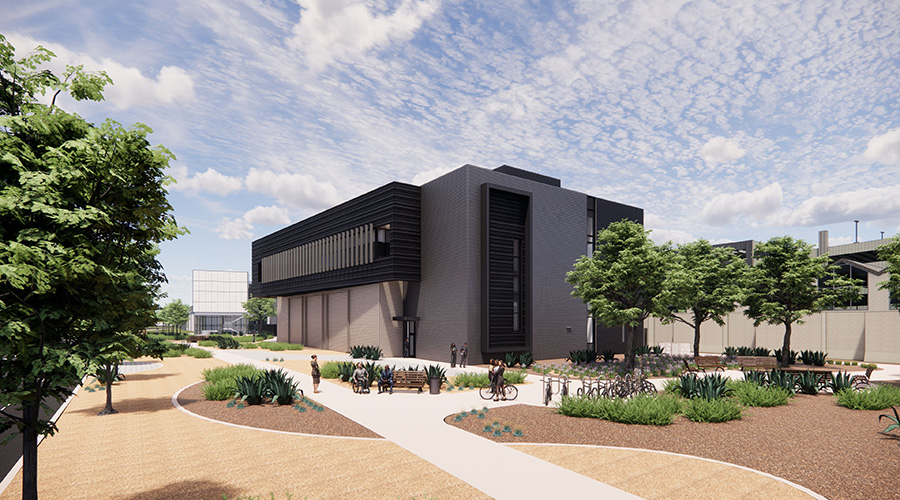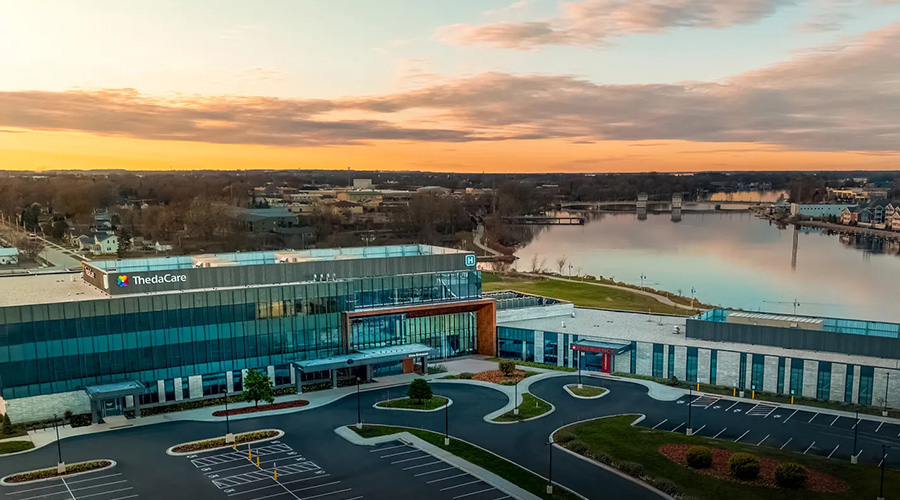Infection control prevents or stops the spread of infections in healthcare settings. Infection prevention teams should work in coordination with other hospital teams to make sure everyone is aware of possible cases and the strategy to eradicate those cases. Continuous cleaning, sanitizing, and disinfecting is a great starting measure to prevent the spread of infectious diseases throughout a healthcare facility.
During the height of the pandemic, two California hospitals prevented the spread of a lethal fungal infection, according to American Association for the Advancement of Science (AAAS) report. In different cases, Scripps Memorial in La Jolla and UCLA health in Los Angeles quickly isolated suspected and confirmed patients while working with their local public health departments. Together with their information technology and lab teams, they enforced aggressive measures to prevent the spread of a pathogen called Candida auris.
Candida auris is a fungus that triggers severe, sometimes fatal infections. It is resistant to many antifungal drugs. The fungus is often carried via skin and it can last on surfaces for over a month at times. It is easily spreadable. The fact that most hospital disinfectants can’t kill this fungus combined with its frequent misidentification in lab tests make the fungus extremely dangerous.
Infection preventionist Elizabeth Jefferson acted quickly when she found out her hospital in San Diego County had a case of the fungus. The patient with possible infection was immediately flagged and isolated since he or she had received healthcare outside of the United States. This patient continued to be hospitalized in solitude for nearly 7 weeks. During the seclusion period, Jefferson’s team acted aggressively in regard to the cleaning measures that took place. It utilized UV light for the cleansing of all patient rooms while using a disinfectant that was helpful in destroying the Candida auris fungus. Her team even went as far to join forces with the CDC’s Antibiotic Resistance Lab Network on regular surveillance testing to make sure that no transmission of the fungus was taking place.
UCLA Health was ready to face Candida auris in the summer of 2020 as it had already established a multi-level notification system designed to catch potential fungus cases early, thereby preventing transmission. Collaboration and preemptive action were key as the infection preventionists partnered with their electronic medical records team and the lab to screen every patient for COVID-19 and Candida auris as they came into the building. High-risk patients were treated more aggressively as they were flagged and tested with following updates sent to infection prevention, environmental services, the lab, and nursing.
In the cases of these two healthcare facilities, it is demonstrated how crucial it is that hospitals, clinics, and even long-term care facilities have an adequate number of infection preventionists on board. Having the proper amount of resources to train staff to supervise safety and security protocols is necessary to prevent hospital-spread infections. Infection control is a serious and collaborative task where all sectors of a healthcare facility should be aware of the situation and the strategy to eradicate possible infections.

 Grounding Healthcare Spaces in Hospitality Principles
Grounding Healthcare Spaces in Hospitality Principles UC Davis Health Selects Rudolph and Sletten for Central Utility Plant Expansion
UC Davis Health Selects Rudolph and Sletten for Central Utility Plant Expansion Cape Cod Healthcare Opens Upper 2 Floors of Edwin Barbey Patient Care Pavilion
Cape Cod Healthcare Opens Upper 2 Floors of Edwin Barbey Patient Care Pavilion Building Sustainable Healthcare for an Aging Population
Building Sustainable Healthcare for an Aging Population Froedtert ThedaCare Announces Opening of ThedaCare Medical Center-Oshkosh
Froedtert ThedaCare Announces Opening of ThedaCare Medical Center-Oshkosh